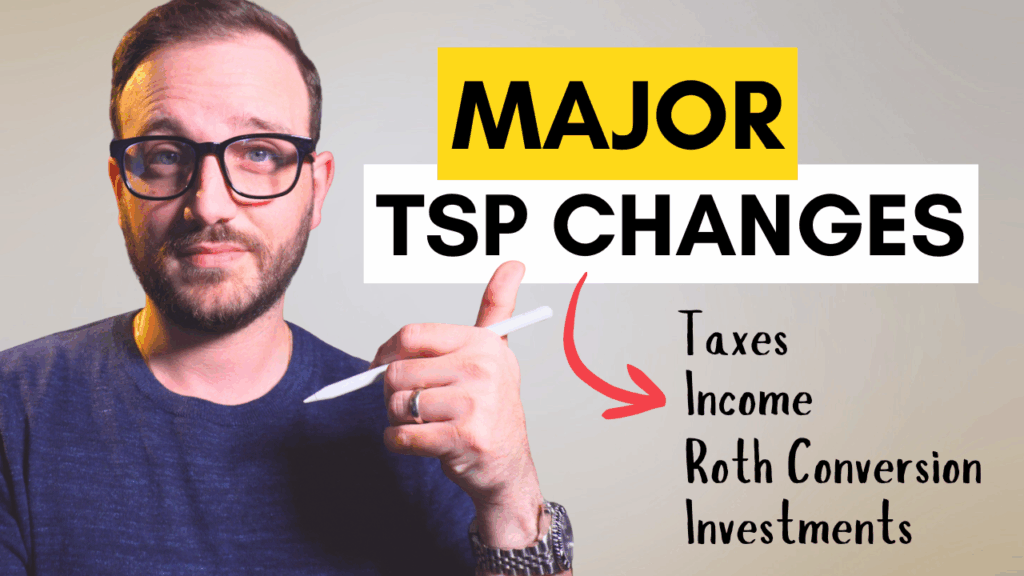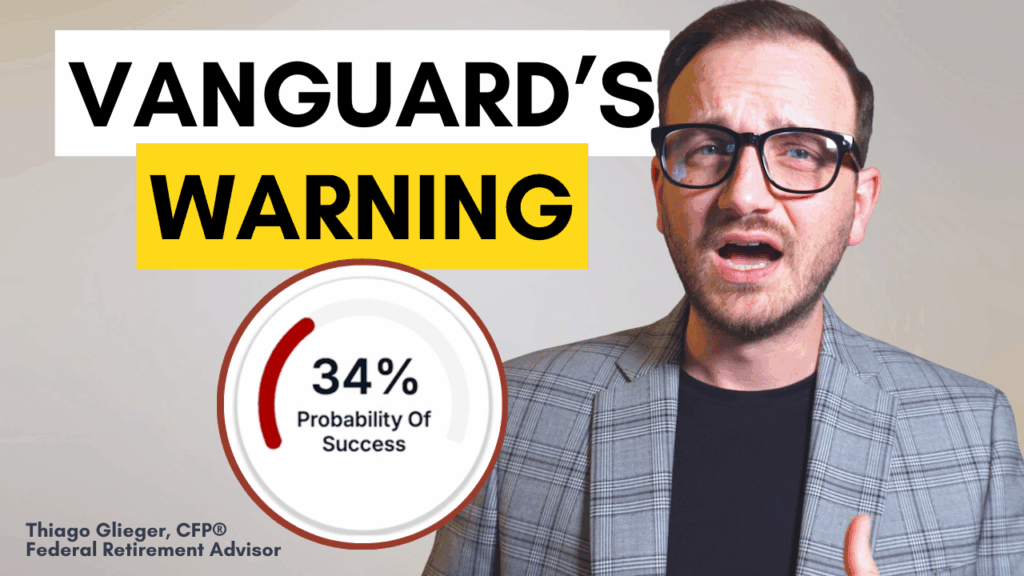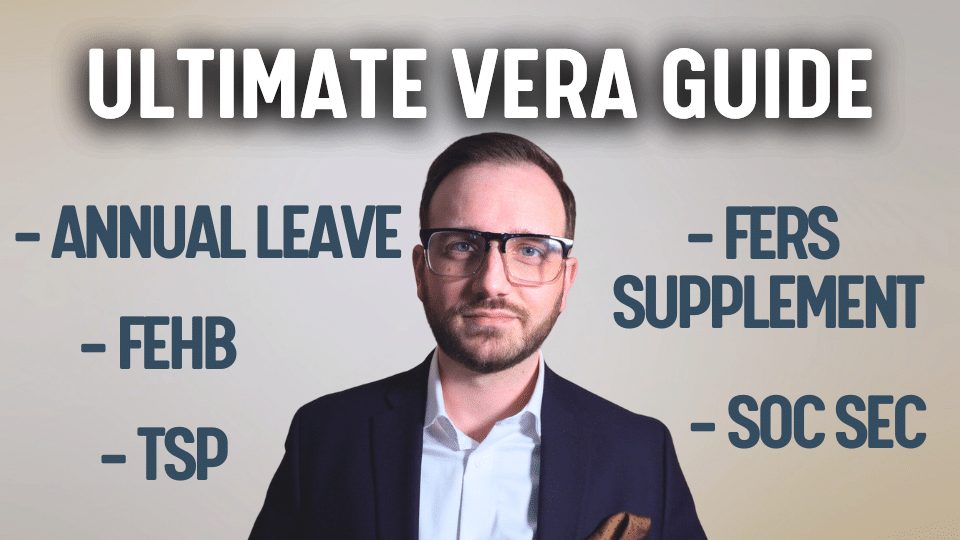When should I make changes to my TSP?
We had someone send us a question recently that we’ve gotten frequently over the years. Here’s the email we received:
I love this video and look forward to the next. My question is: what is the “correct” of amount of time (years?) I should move my TSP act. into “safer” funds before I retire?
This is a really important question. The answer is different for everyone. Depending on how long and aggressively you’ve been invested, you may have enough assets accumulating where you should consider moving into a more defensive position. For others, perhaps they’ve not saved enough or invested aggressively enough and need to maximize their returns.
I’d like for you to think about your portfolio (all of your family’s investible assets, not just your TSP) in terms of buckets: one is a short-term bucket, one is an intermediate bucket, and a third is a long-term bucket.
The short-term bucket is money that has a timeline of 1-3 years. These are upcoming plans for potential home renos, new car purchases, child expense, etc. If left in cash, that’s enough time for inflation (the silent portfolio killer) to begin eroding its purchasing power. This money walks the thin line of not embracing volatility but not affording stagnation.
The intermediate bucket is money for 3-8 years out. The recession of 2008 took a little over 3 years to fully regain value. If you have 3-8 years before you need to take your money out of play, this money should be invested for growth.
The long-term bucket is anything beyond that. This is future money, this is money that is always tasked with the important goal of inflation fighting, growing, and maintaining your lifestyle. The goal can go beyond that depending upon your volatility tolerance toward growth, whether moderate or substantial, but at the very least it has to maintain your purchasing power into the future.
40 years ago, having roughly $300K spent the same as having $1M today. If that rate applies into the future, you will need around $3.5M for the equivalent spending of a $1M. Your investments need to keep up in order for this not to be daunting.
There are myriad factors that can create shifts in these buckets. Economic ones like the pandemic, things going on in the world, in the markets, your timeline, your goals, your health, etc. In the earlier years of working, your portfolio is responsible for growing to see to your future security.
At retirement, you move into a decumulation mode, a time when your portfolio’s job switches to providing you with a regular income. But your money is not done growing because you may be retired for as long as you were working, and inflation, the silent portfolio killer, is out there decreasing the value of your hard-earned savings if your money is not working equally hard as an offset.
So, when should you move your TSP and overall portfolio into safer funds? The answer lies within working backwards and solving for X. You need to know what your retirement timeline is, what does retirement look like, what other assets should be considered, where will you be living, etc.
The general rule is that you must keep enough assets liquid to cover your expenses when you’re going to withdraw from your portfolio, but not too liquid where inflation hurts you.
Simultaneously, you need to have other parts (buckets) of your portfolio working their hardest to keep growing for your future income needs. The right blend is only determined by looking at your entire financial picture, because like a jigsaw puzzle, many pieces together make the full picture.
Your wants, needs, and desires, combined with factors in the economy and markets, are what should be driving your investment decisions. Once you figure out what you want your retirement to look like, we can figure out how you should be invested in order to help get you there.



